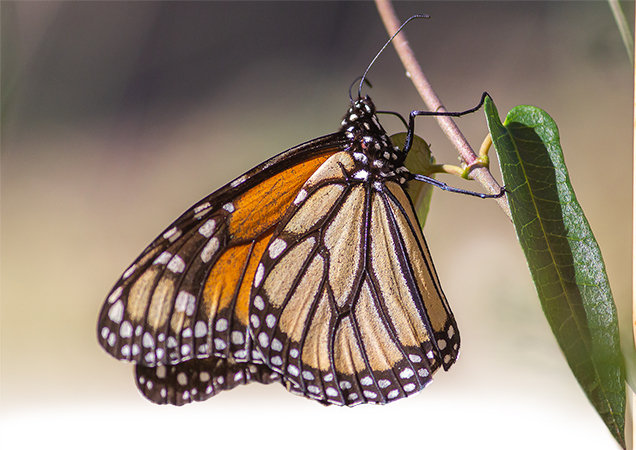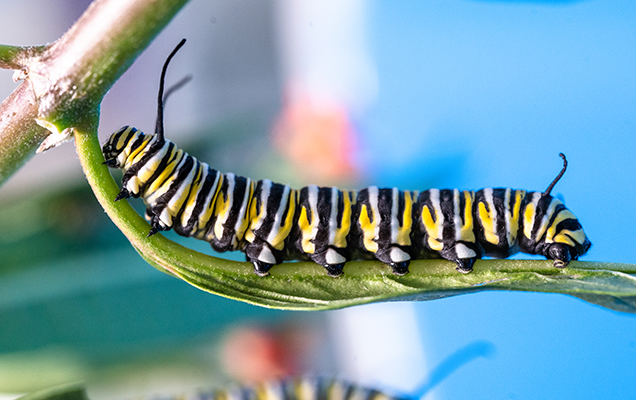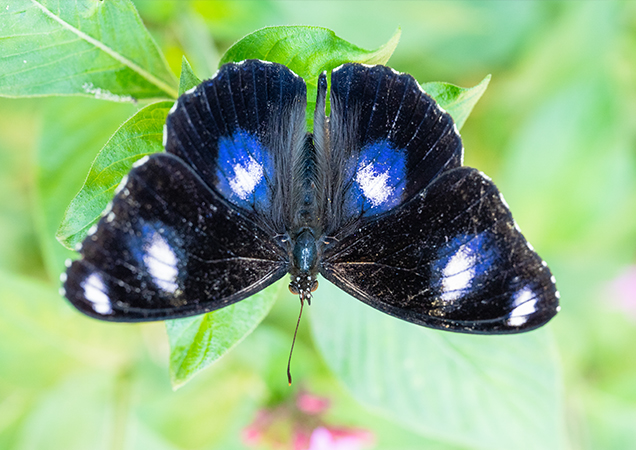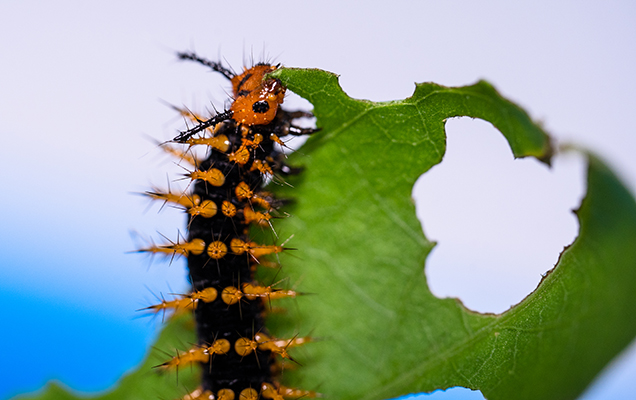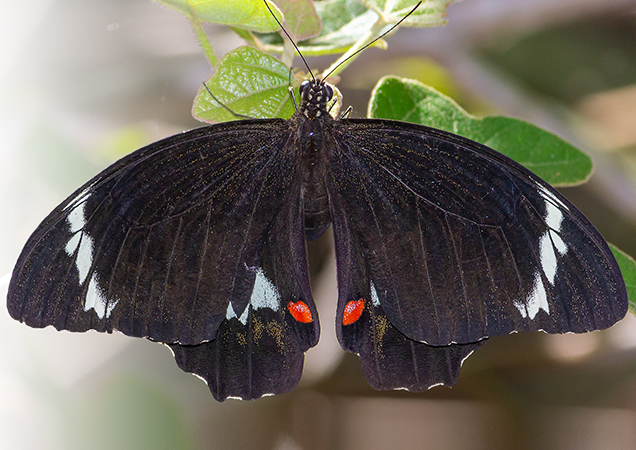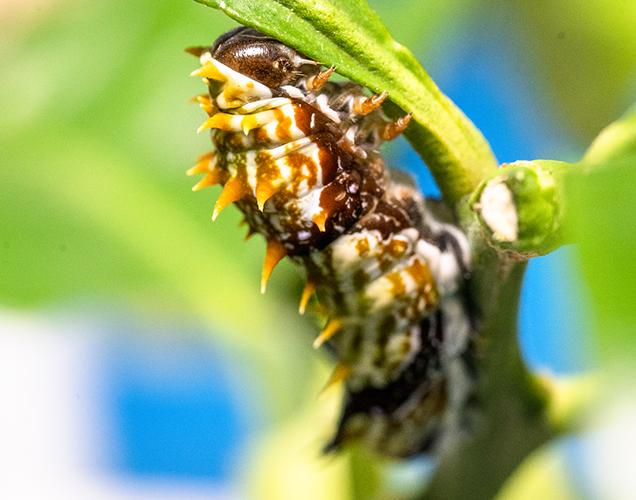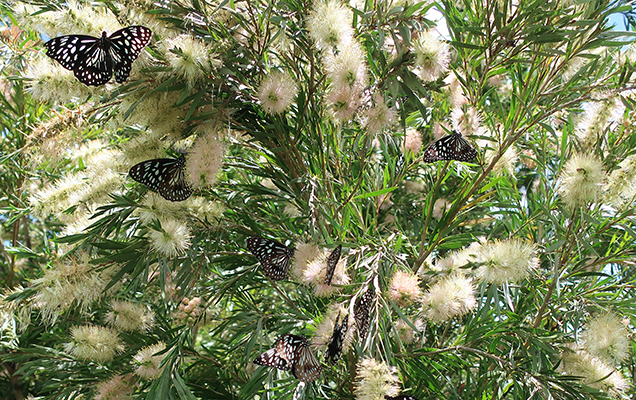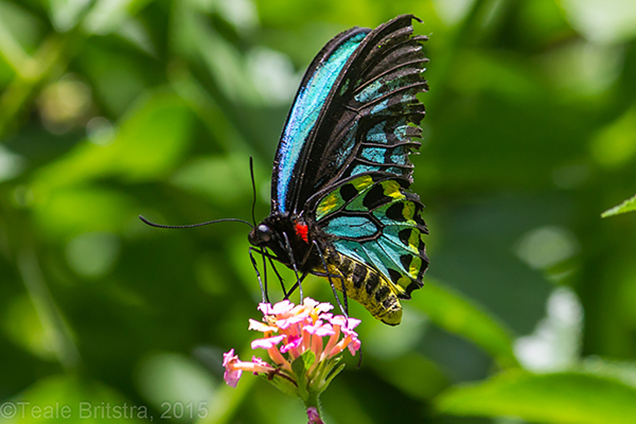There’s something unworldly about butterflies. Their beauty, their delicateness, their transformative lifecycle, and their short life span all contribute a sort of mystical air that leaves us as a society transfixed by them.
Butterflies are used as tourism emblems, decorations for weddings, themes for freedom and beauty in pop-culture, and their lifecycle constantly studied in schools.
In Australia, there’s around 440 different species of butterfly, and each butterfly relies on very particular environments such as specific plants for reproduction or certain climates. Here’s a closer look at a few of Australia’s brilliant butterfly species.


